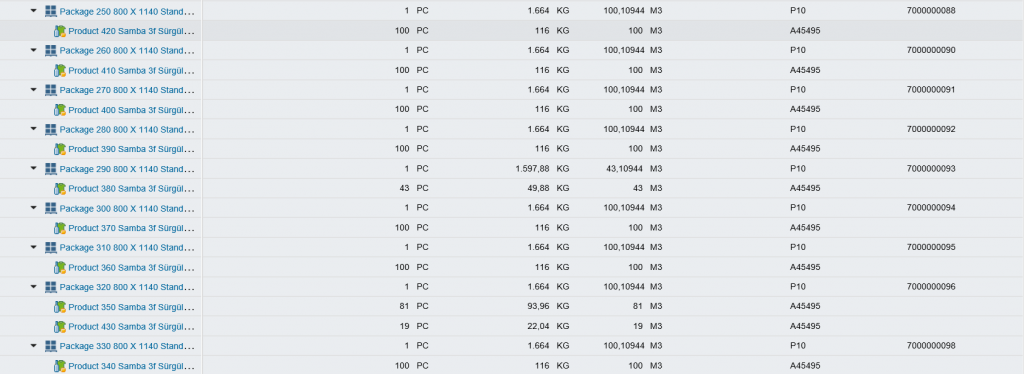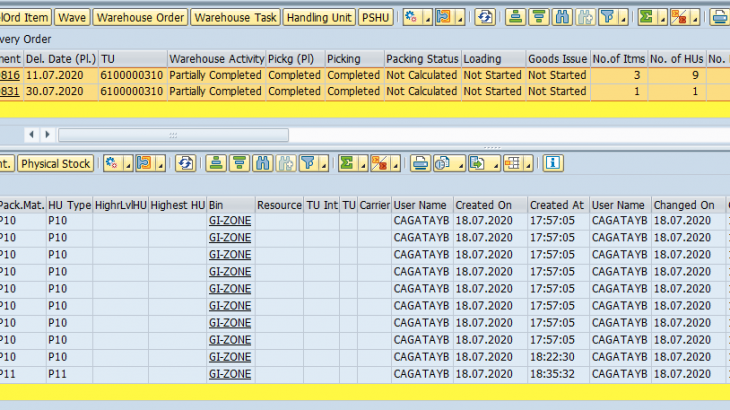1. Overview
In this blog post, I will explain how the TM-EWM integration in the S4HANA 1909 system will work in an integrated way in outbound delivery process. The article will include more detailed information about the EWM side and more brief information about the TM-ERP sides.
While providing this integration, the following steps will be examined and exemplified.
- TM Side
- Planning for outbound deliveries
- Packaging
- Determine the loading sequence
- Planning for outbound deliveries
- EWM Side
- Automatic creation of the transport unit with TM integration and PPF in the EWM system
- Creation of planned transport handling units with TM reference in the EWM system
- Using PSHU‘s as a reference during creating warehouse orders in the EWM system and creating PICK-HU with them.
- Operation of collection steps in the warehouse with EWM PICK HU
- Movement of the transport unit in YARD with Yard Management
- Loading the HUs collected in the warehouse with the reference of TM loading sequence into the vehicle with transport unit
- Automatic creation of the transport unit with TM integration and PPF in the EWM system
While the above scenarios are being operated, information about the configuration steps that are seemed important regarding the related steps will also be shared.
While preparing the document and making the system testable a few blog posts that are considered as references will also be shared.
2. ERP-TM Side Process Steps
2.1 Step 1: Create Sales Order & Outbound Delivery
Since the related processes are known, details will not be given. The following documents have been created to operate the process.
Sales Orders;
- 321, 373
Outbound Deliveries;
- 80000816, 80000831


System creates freight units in this step for TM planning.

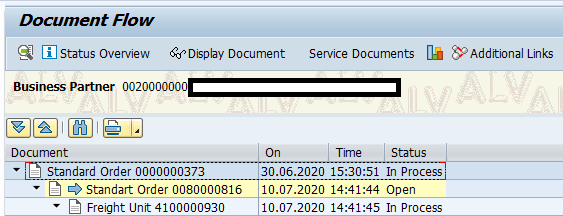
2.2 Step 2: Plan freight units with TM
Generating TM’s freight number.

2.3 Step 3: Create package units and loading squence for packages
Packaging planning is made for TM freight number and in-vehicle loading sequence of the relevant HUs is determined.
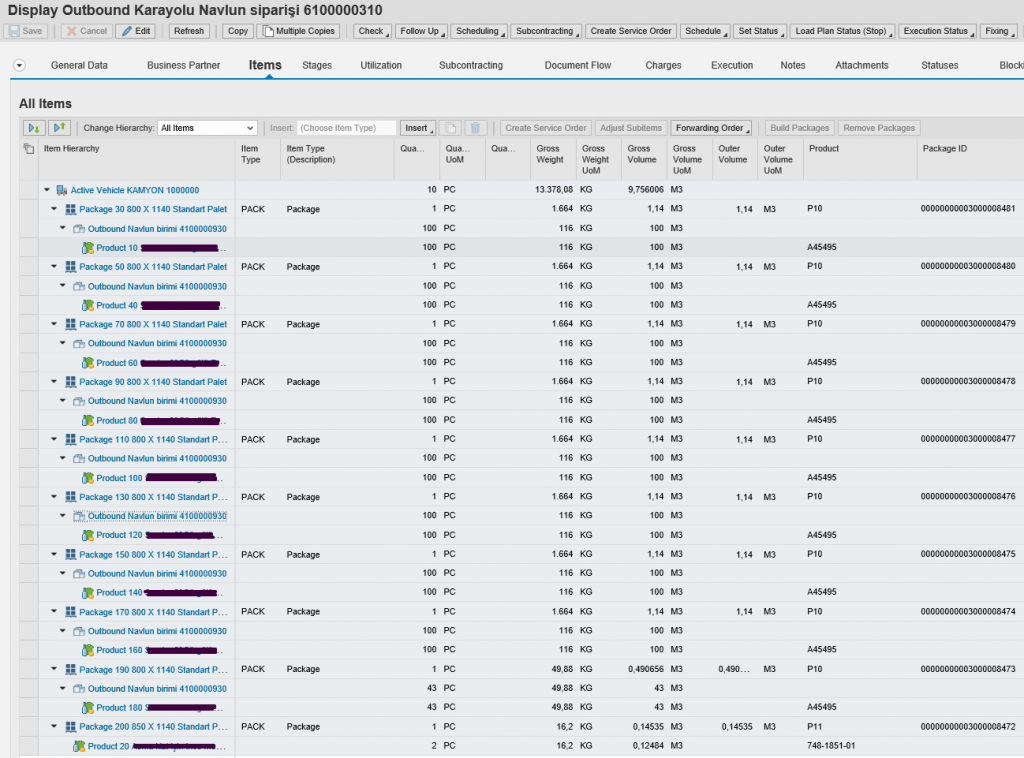
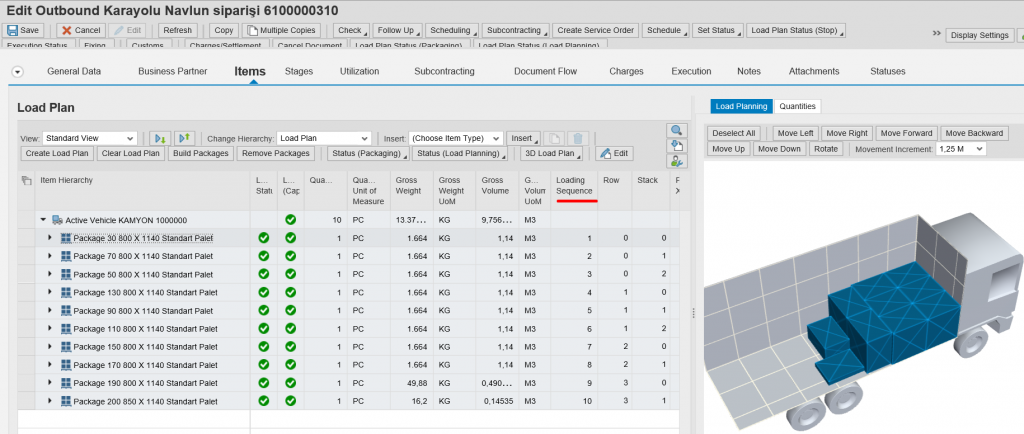
2.4 Step 4: Send Loading Instructions to EWM
The freight number is sent to EWM.
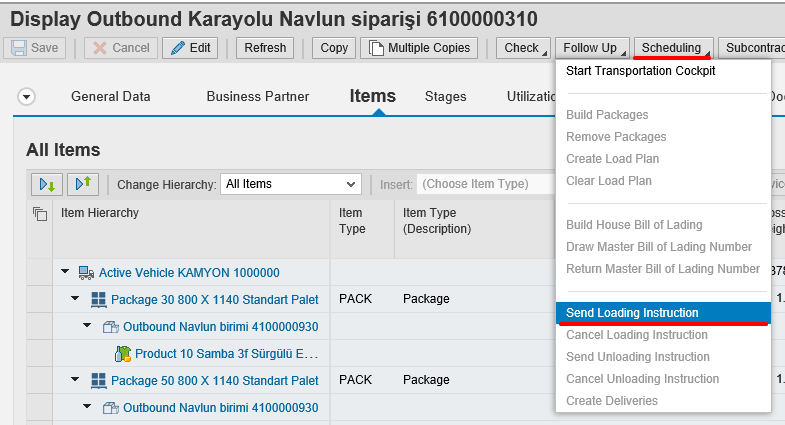
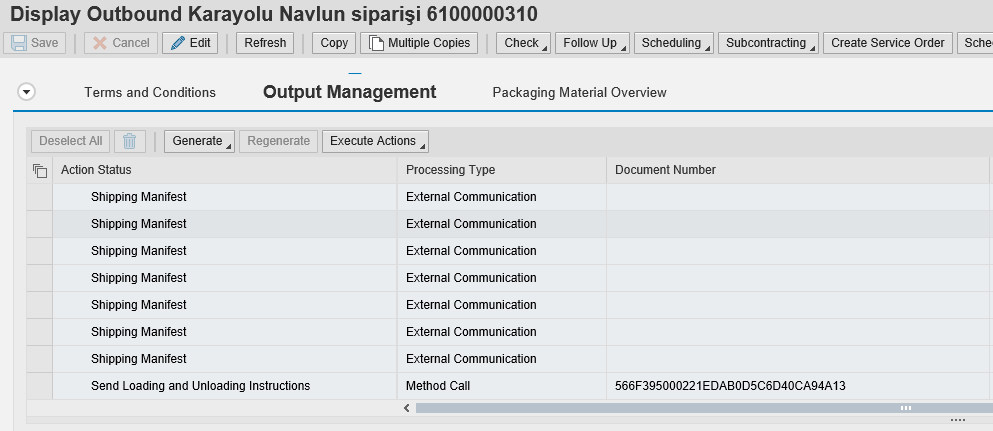
**** The steps after this step are arranged to include more detailed and technical explanations.
A freight order is created for the relevant freight units in TM, and after planning, packaging and loading details are created, the process is now advanced in EWM.
After the loading instruction is sent, firstly the HU number is automatically generated for the EWM system by taking the freight order with the PPF’s as reference.
3. EWM Side
3.1 Configuration Steps
Apart from the configurations below, there are a few other minor configurations that can guide the movement of the system. As these are scenario based, more basic configurations will be shared below.
3.1.1 Step 1: PPF configurations for TU
Tcode: SPPFC
Application: /SCWM/SHP_RCV Action Profile: /SCWM/TU
In this action profile we need to active these actions;
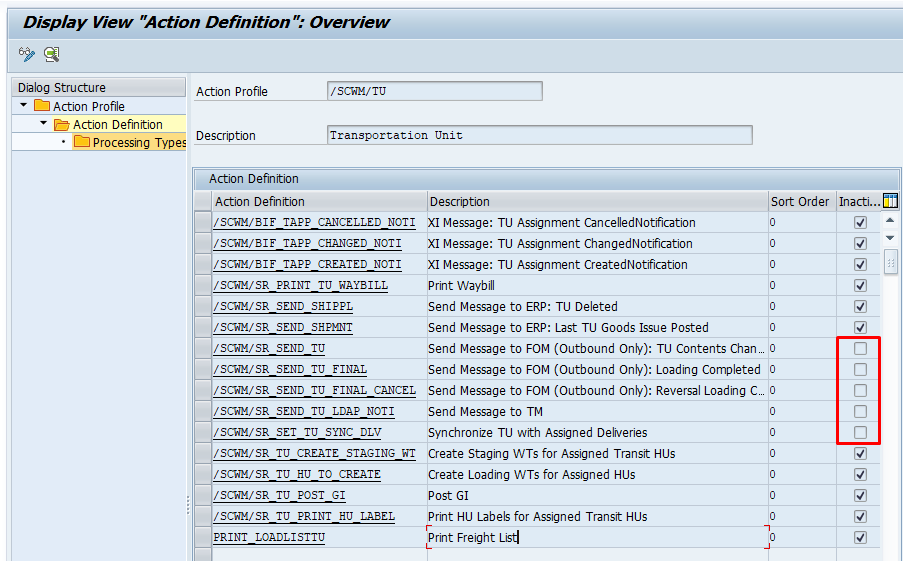
Accordingly, the system will try to create TU automatically. Here, while making a plan in TM, a necessary material is needed for the selected means of transport.
Tcode: /SCWM/PM_MTR
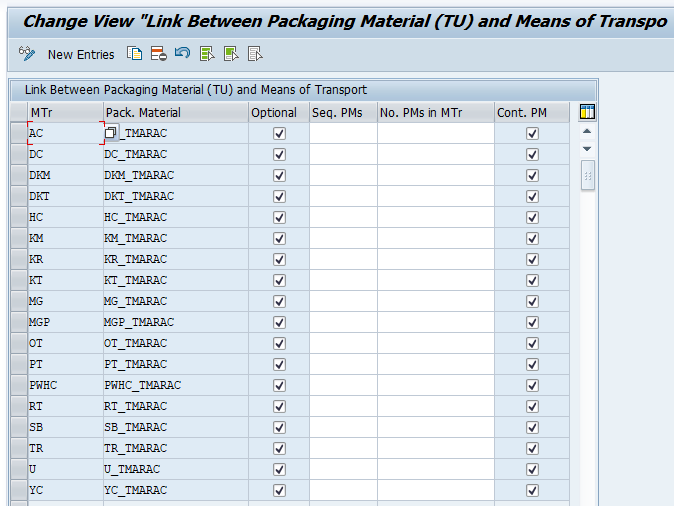
For each TM means type is selected the relevant TM means material. The packaging material type of this material should also be selected as “A”.
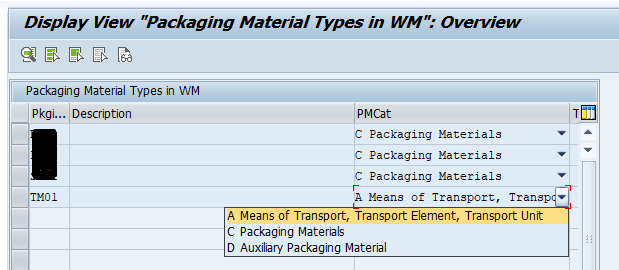

3.1.2 Step 2: Configurations for PSHU’s creation from TM
At this stage, taking package plan made in TM as a reference the configuration steps required to automatically create PSHU for EWM will be explained.
The creation of PSHU in EWM for the HU for each plan in TM will be provided as follows.
IMG Menu: SCM Extended Warehouse Management ® Extended Warehouse Management ® Good Issue Process ® Cartonization Planning ® Define process profiles for cartonization planning
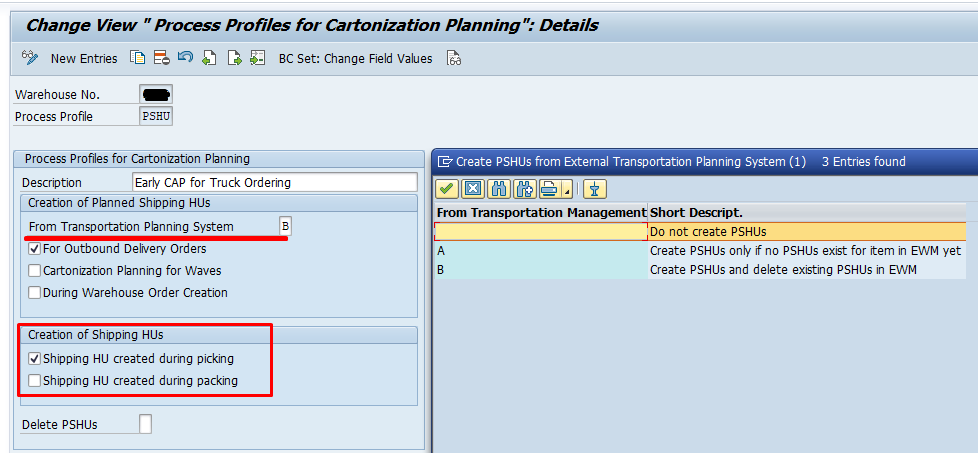
In this step, a notification is given that PSHUs will be created from the TM system. And for this created PSHU, it is decided at which stage Pick-HU will be created. In our scenario, it is determined this Pick-HU will be created and used during picking in the configuration as above.
IMG Menu: SCM Extended Warehouse Management ® Extended Warehouse Management ® Good Issue Process ® Cartonization Planning ® Determine process profiles for cartonization planning
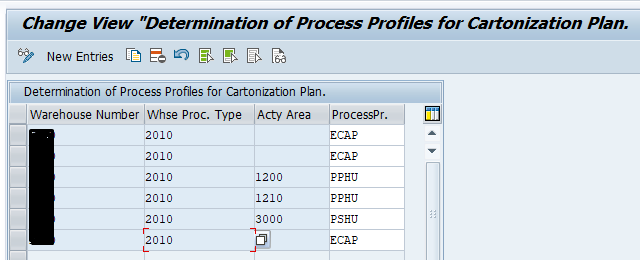
At this stage, in which warehouse numbers, which activity areas and which processes will be used during the removal from the warehouse task are specified at this stage.
3.1.3 Step 3: Warehouse Order Creation Rules Configuration
A separate warehouse order creation is provided for each PSHU so that the system can take into account the TM plan when creating warehouse tasks for shipping. In this way, HU’s which are coming out of the warehouse will be prepared on the basis of PSHUs.
There are several configuration steps that need to be done at this stage. Their details are as follows.
IMG Menu: SCM Extended Warehouse Management ® Extended Warehouse Management ® Cross-Process Settings ® Warehouse Order ® Define Creation Rule For WO
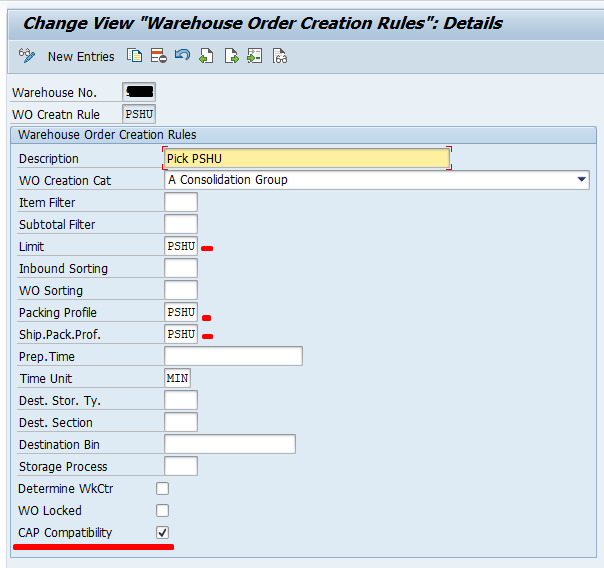
The marked areas in the screenshot above are important. These configurations need to be made.
Limit: PSHU
Owing to the configuration below, the system will divide the warehouse orders on the basis of PSHU.
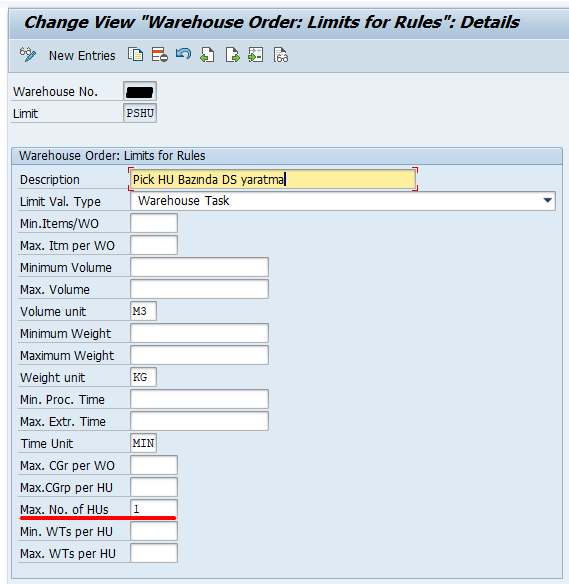
Packing Profile&Ship Pack Profile: PSHU
Owing to the configuration below, the system will create Pick-HU and assign them to the warehouse order when creating warehouse orders and creating references to PSHUs.
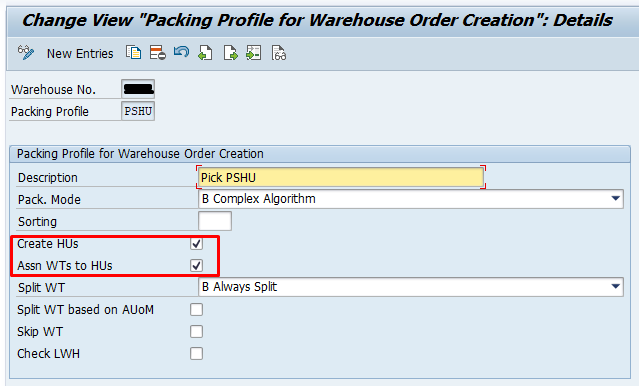
IMG Menu: SCM Extended Warehouse Management ® Extended Warehouse Management ® Cross-Process Settings ® Warehouse Order ® Define Search Sequence of Creation Rules for activity areas
Finally, with this configuration, we indicate which warehouse order creation rule we use when creating warehouse orders from which activity areas.

3.2 Process Steps
3.2.1 Step 1: Check the TU Created in EWM
Tcode: /SCWM/TU
TU was created automatically and planned deliveries from TM were assigned.
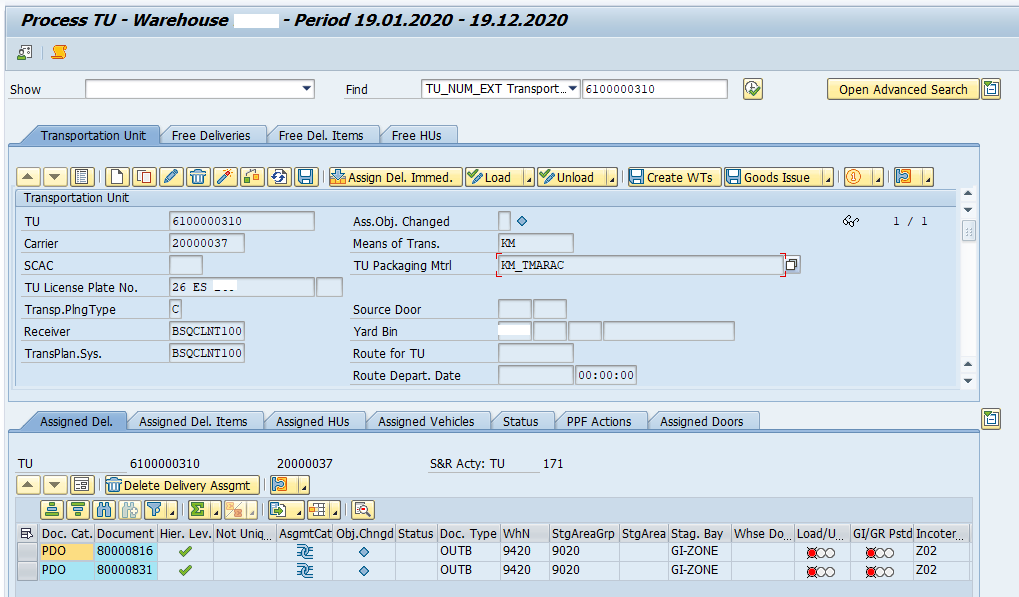
3.2.2 Step 2: Check the PSHU’s Created From TM
Tcode: /SCWM/MON
With TM plan HUs, it is checked whether PSHU’s is created in the EWM system. The loading sequence detail also looks like the following.
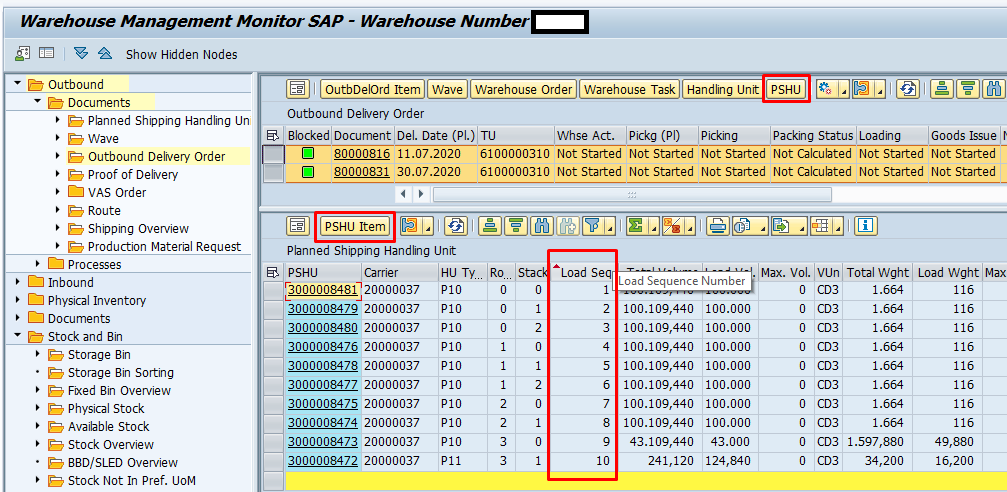
3.2.3 Step 3: Create Warehouse order referring to PSHU’s
Tcode: /SCWM/MON
Warehouse orders are created on the basis of the freight number. The system separates the warehouse orders it creates at the moment on the basis of PSHU‘s and creates a Pick-HU for each warehouse order. It also writes to this Pick-HU content which PSHU reference as taken when this created. In the next steps, this reference will determine the loading sequence.

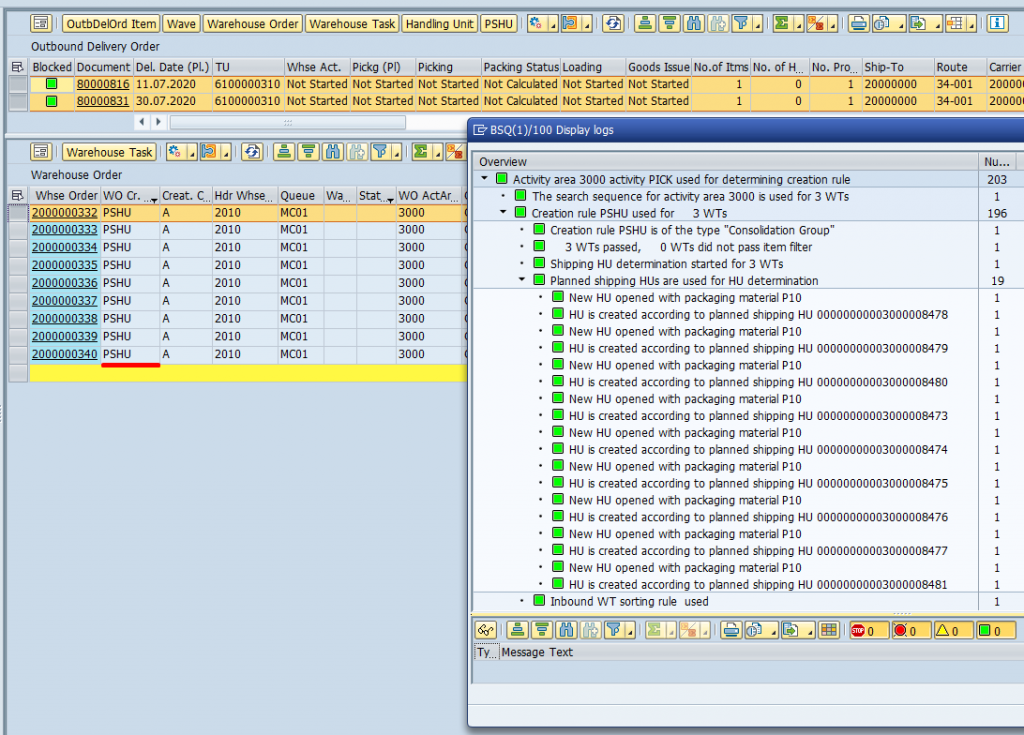
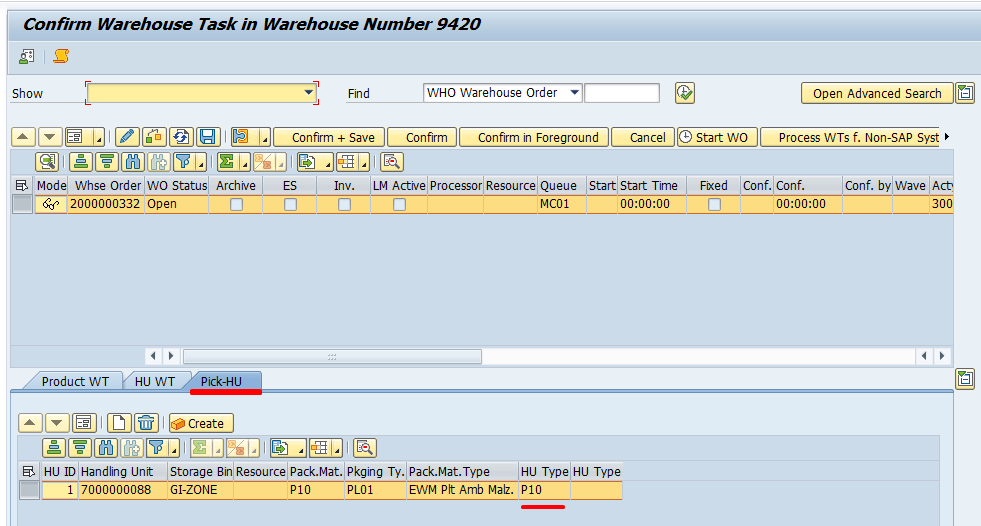
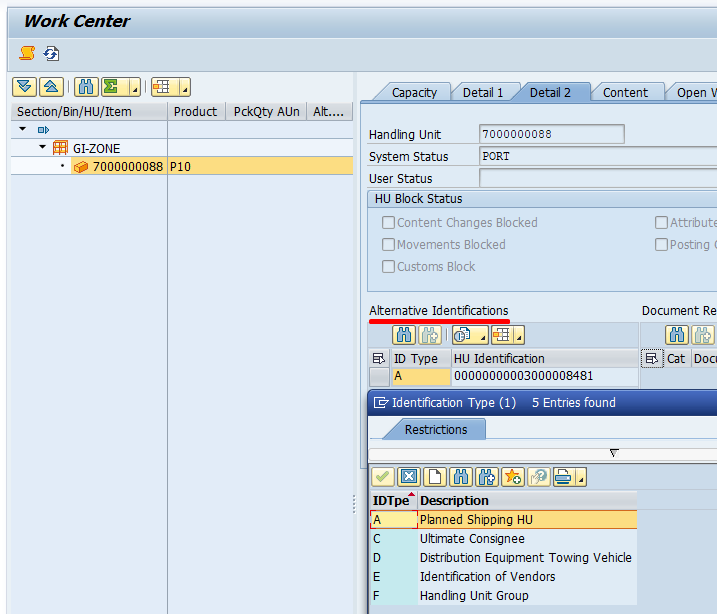
3.2.4 Step 4: Picking Warehouse order with Pick-HU’s
Tcode: /SCWM/RFUI
04-Outbound Processes
01-Picking
01-System Guided
The created warehouse orders are processed.
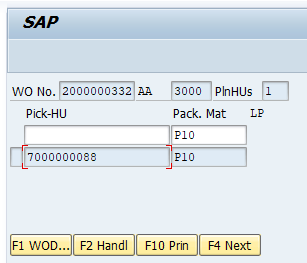
- Pick HU’s WO – At this stage, the same HU is not available in our warehouse with the features specified by PSHU & Pick-HU, we transfer over an existing HU.
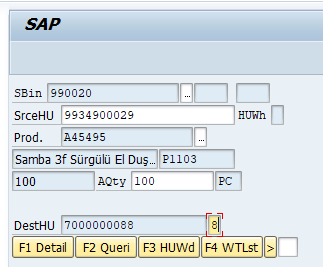
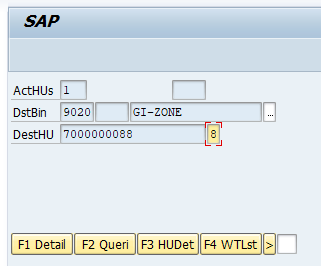
- Pick HU’s WO – At this stage, our warehouse has the same HU with the features specified by PSHU & Pick-HU. When we scan this HU, the system replaces the scanned HU with PICK HU if the HU contents are the same. While making this change, it continues to keep the TM reference number on the storage HU. This reference is important because, if you want to apply the means of transport loading sequence the way that comes in TM, this reference needs to be kept on the HUs which prepared for deliveries. In this way you don’t miss the loading sequence.
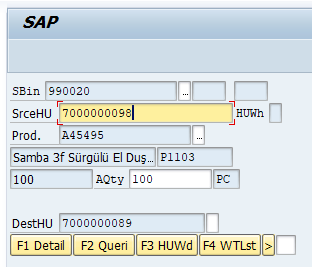
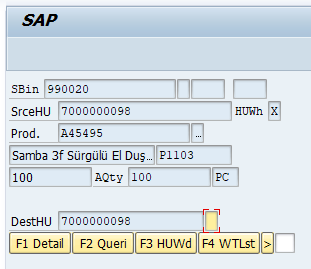
3.2.5 Step 5: Check HU’s and PSHU‘s
Tcode: /SCWM/MON
The created handling units are checked on deliveries.
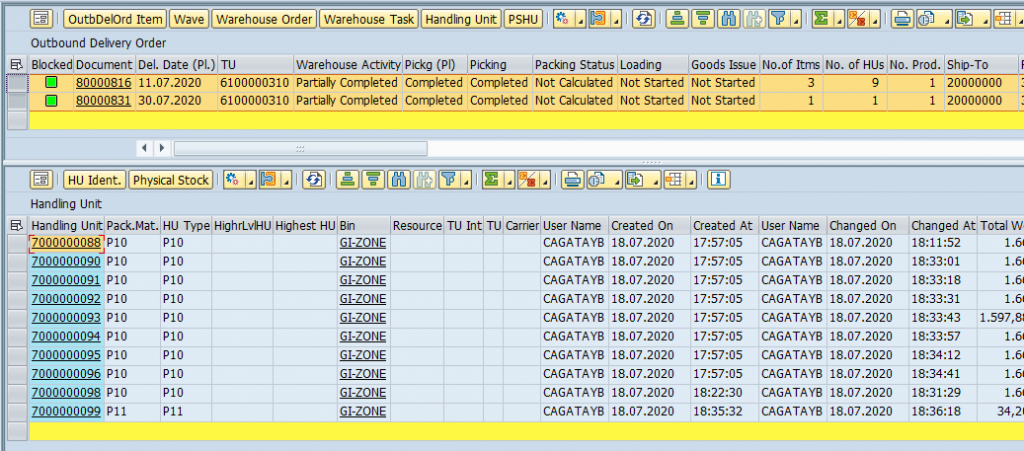
3.2.6 Step 6: Yard activities for TU
Tcode: /SCWM/TU
3.2.6.1 TU enters the YARD
At this stage, vehicle’s yard entry notification is given. Usually, the user who performs this operation will be a security guard at the yard entrance.
Before the activation
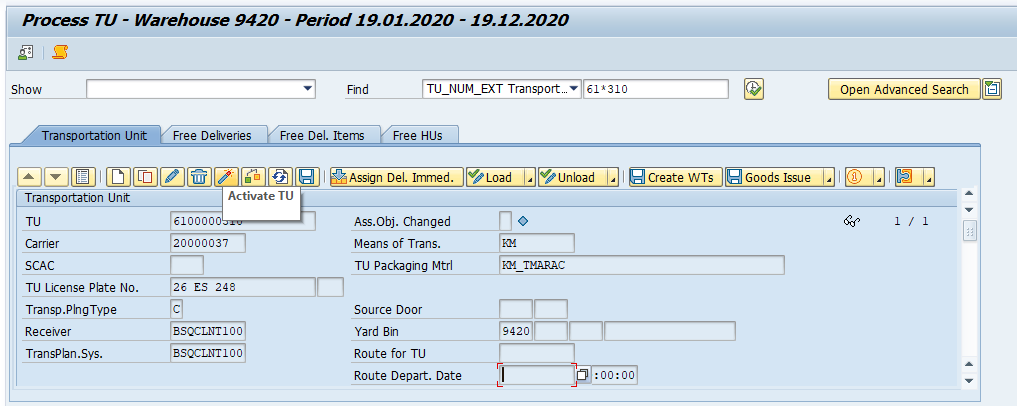
After;
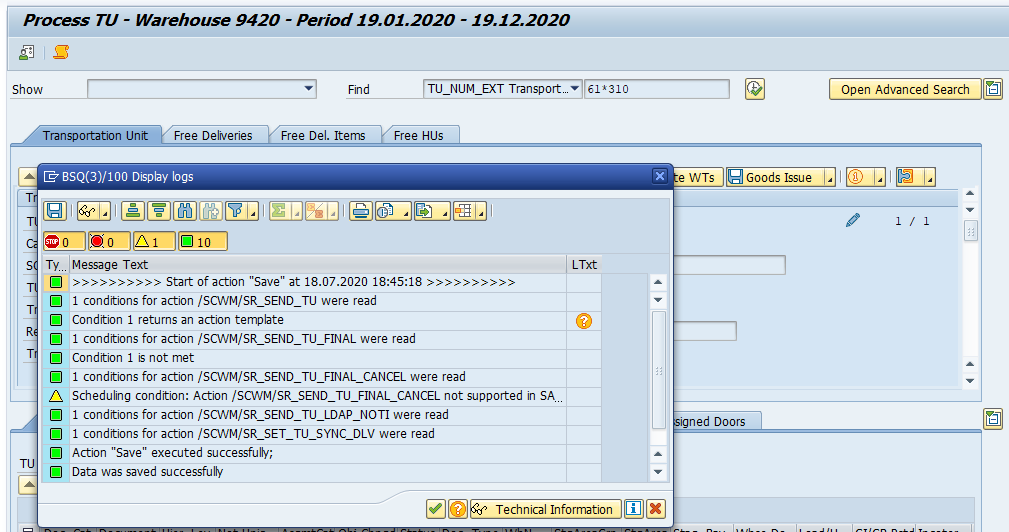
3.2.6.2 Door Assignment
It is assigned through which door the freight will be loaded.

3.2.6.3 Yard move checkpoint to door
Tcode: /SCWM/RFUI & /SCWM/TU & /SCWM/YMOVE
The transfer of the vehicle to the door which it was assigned from the checkpoint will be operated by the hand terminal.
05- Internal Processes
06- Yard Movements
02- Create&Confirm Yard WT
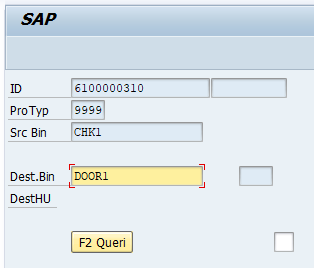

3.2.7 Step 7: Loading referring to TM load sequence
Tcode: /SCWM/RFUI
04- Outbound Processes
06- Loading
You can choose whatever you want, i’m going to do with by door.
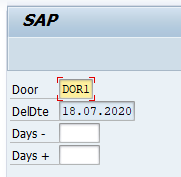
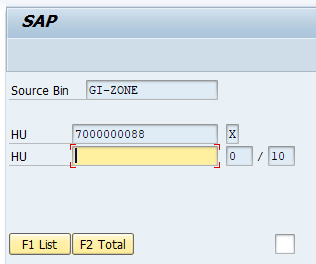
When you press the list button you can see whole HUs and load sequence.
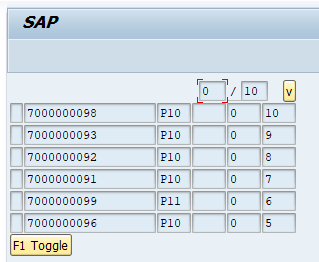
When a HU other than the one to be loaded is scanned, it will give an error as follows.
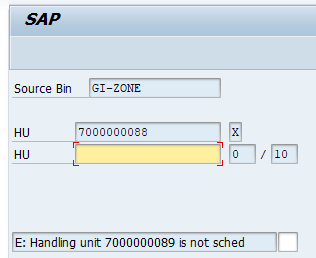
HU number 7000000088 is requested to be scan first because this HU was created based on PSHU number 00000000003000008481.
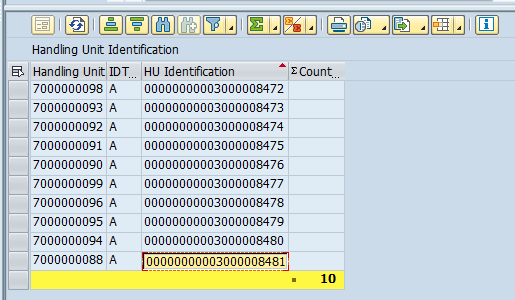
PSHU 00000000003000008481 is the first HU number in means of transport loading sequence coming from TM.
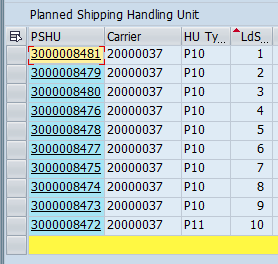
3.2.8 Step 8: Good’s Issue
Tcode: /SCWM/TU
Goods issue transactions are made on the basis of transportation unit.
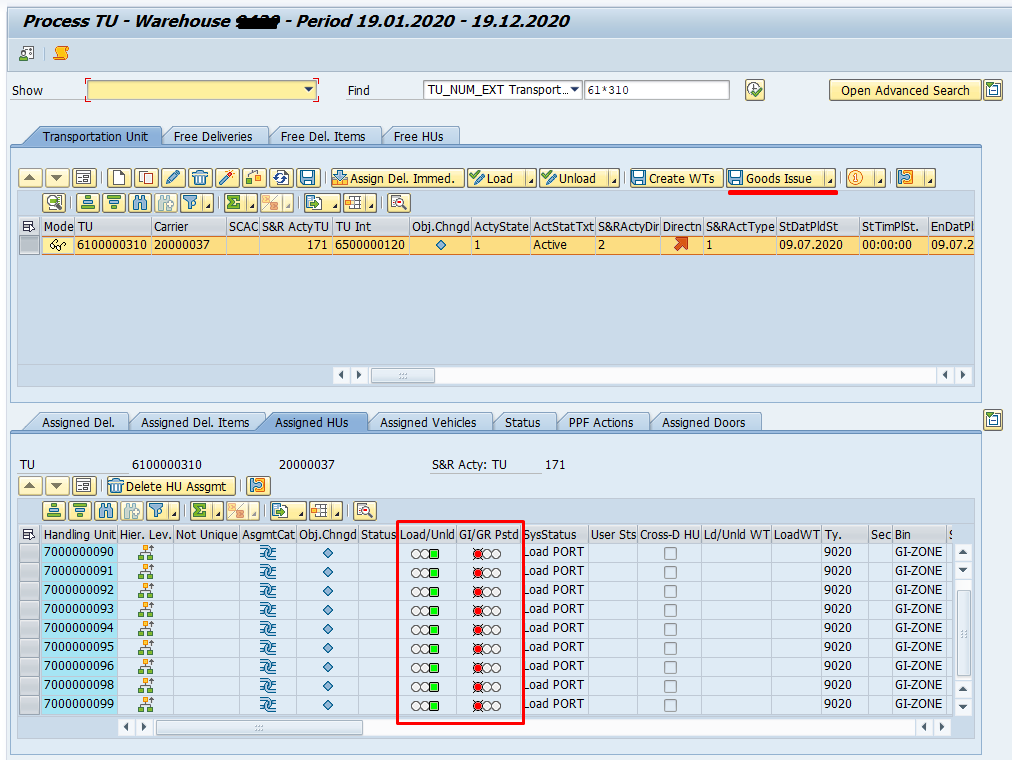
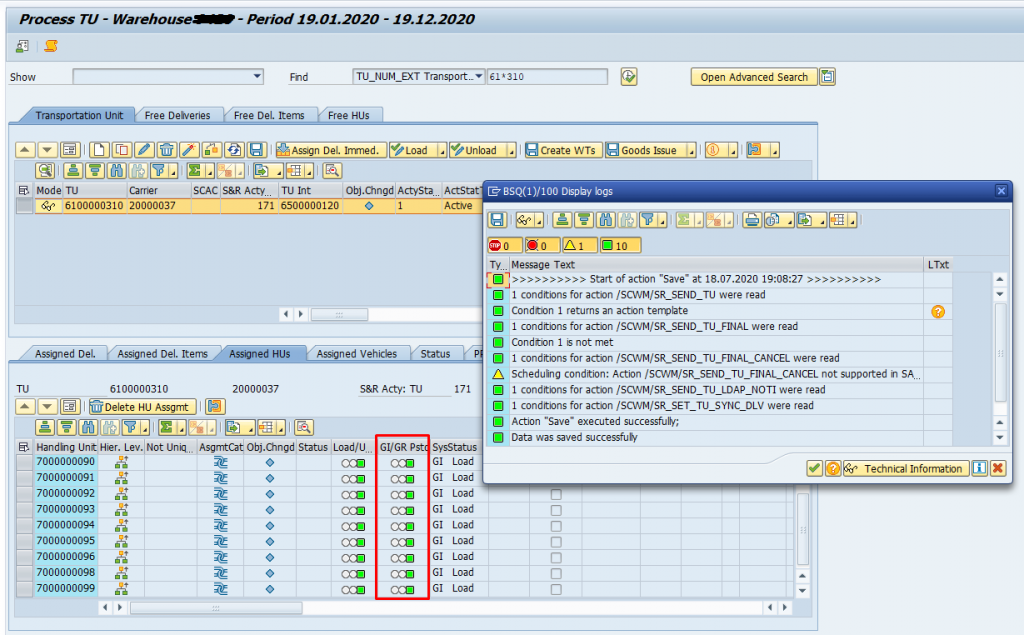
3.2.9 Step 9: Yard Activities for TU
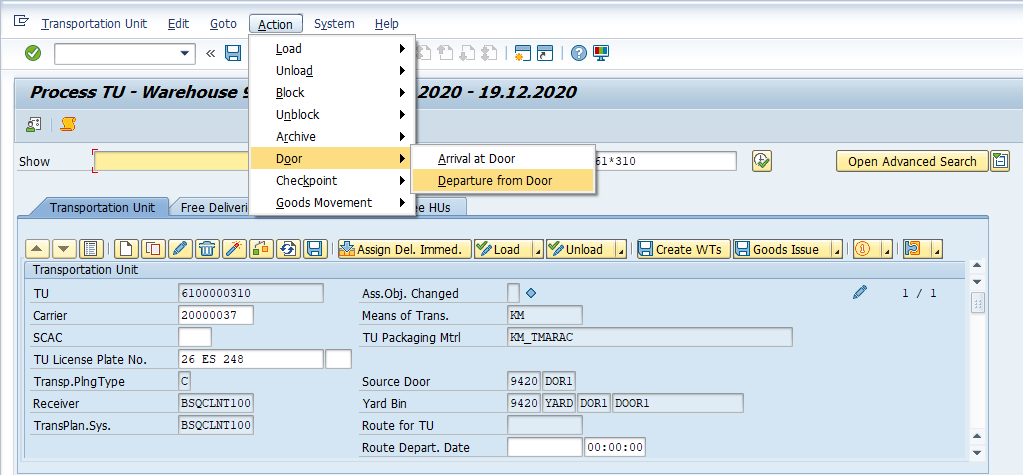
3.2.9.1 TU moves door to checkpoint
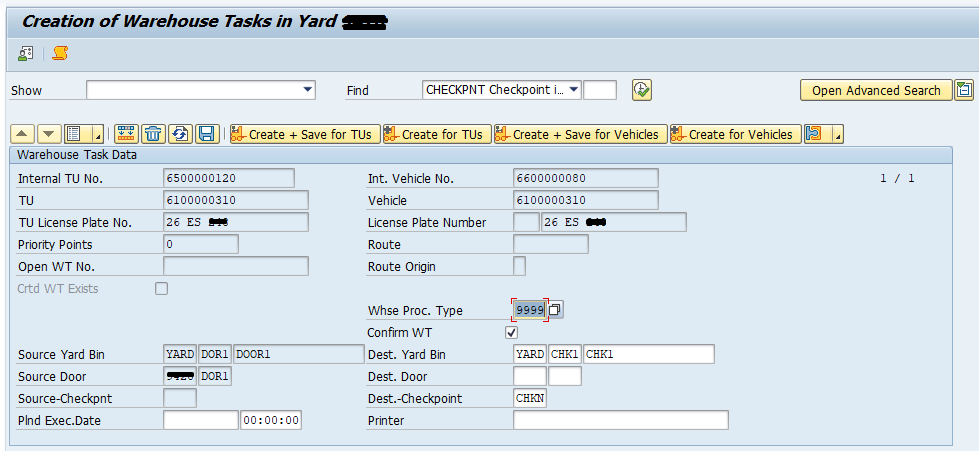
3.2.9.2 TU departures from yard
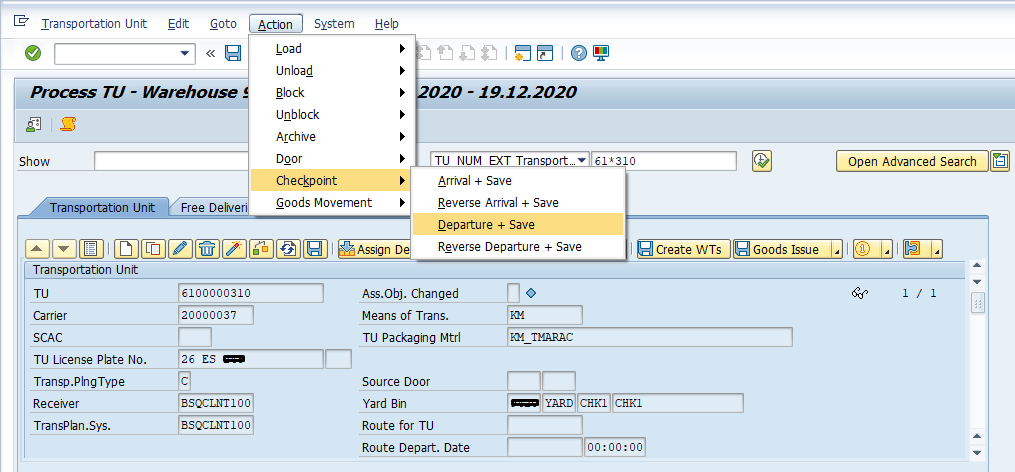
3.2.10 Step 10: TM status updates from EWM
As soon as the yard entry notification is given for the transportation unit on the EWM side, it updates this status on the TM side. An example is shared below for yard entry.

The system also triggers notifications in such events as loading start, loading completion, TU leaving the yard etc. The example is shared only for the above.
Apart from this, the first numbers in TM regarding the HUs collected in the warehouse and their quantities were replaced with HU numbers in the warehouse. This section contains some improvement.
